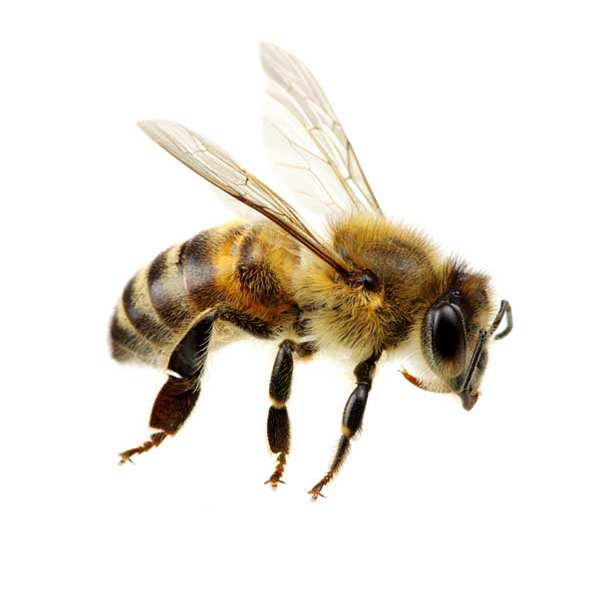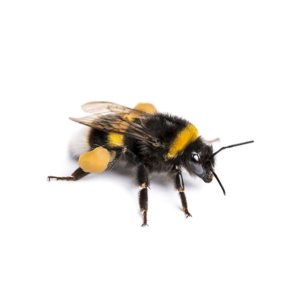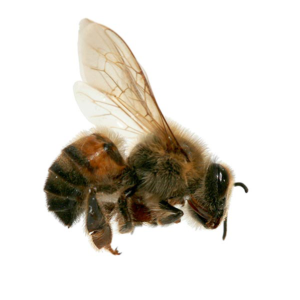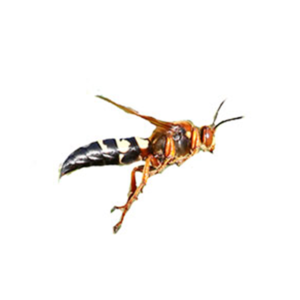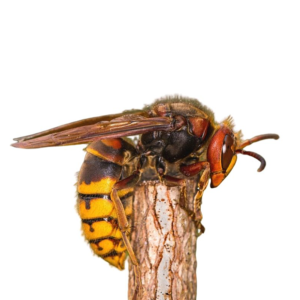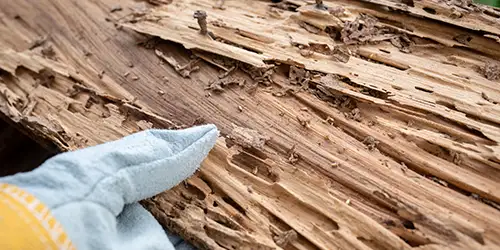Honey Bees in Anaheim
Though they are stinging insects, honey bees are loved by many people for their tasty honey and important environmental contributions. These bees are found all across the United States and help to pollinate over 100 types of crops, in addition to other plants that are crucial to our local ecosystems. Honey bees live in large nests containing 20,000-80,000 individuals, but will swarm if the colony becomes too large for the nest. Here in Anaheim, the two main species are Africanized honey bees and European honey bees.
Honey Bee Habitat
Honey bees usually build their nests in protected places like tree crevices, attics, or chimneys. They are most active in late spring and summer when the weather is warm and plants are blooming. You may also see a swarm, where queens and a few thousand workers leave their old colonies to establish a new nest. Swarms usually take around 24 hours to identify a new nesting site. Though most swarms aren’t dangerous, some species – like the Africanized honey bee – can become aggressive during this time. It’s best to keep your distance when coming across a swarm or a nest of any stinging insect.
Honey Bee Behaviors, Threats, or Dangers
Honey bees can sting, but they can only do so once and will die shortly afterward. For that reason, they are unlikely to sting unless they feel very threatened or are defending their nest. While trying to get away afterward, the honey bee will leave its barbed stinger in your skin, which can cause problems if not manually removed. The method used to remove the stinger – whether it’s using your fingers or some tweezers – doesn’t matter as much as removing it quickly.
Honey bee stings are quite painful and may be life-threatening to individuals with severe allergies to the venom. It’s never a good idea to approach a honey bee nest on your own; instead, contact your local professional bee removal company to have them removed. Experts can do so without jeopardizing your health or causing unnecessary harm to these important pollinators.

